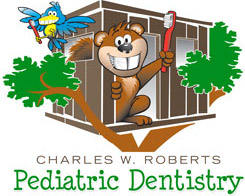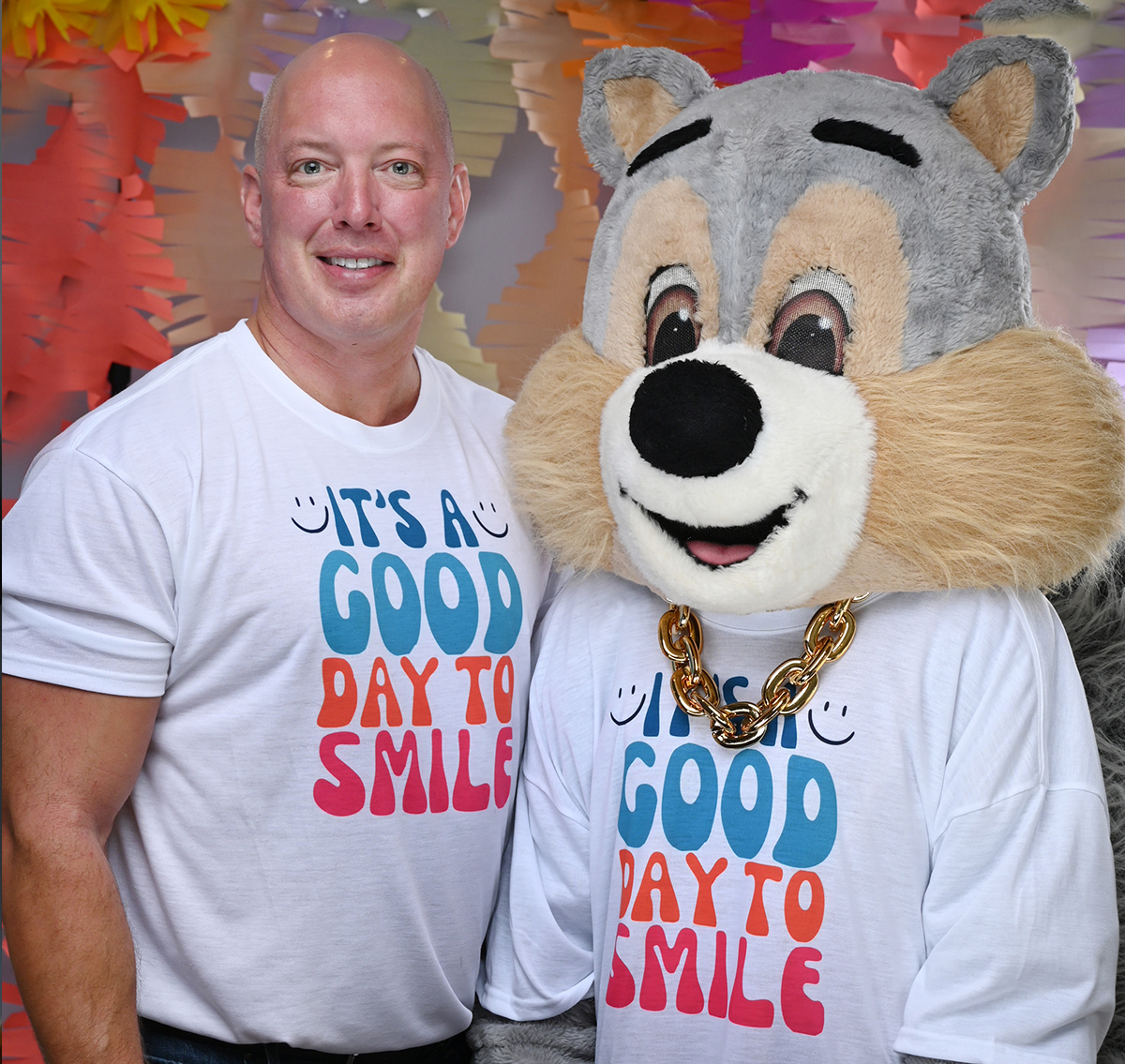New Patient Information
.jpg)
NEW PATIENT FORMS
Please print and sign the following forms.
WHAT ABOUT FINANCES?
Payment for professional services is due at the time dental treatment is provided. We accept cash, personal checks, debit cards and most major credit cards. As a courtesy for our patients with dental insurance, we will prepare and mail your insurance claim form. We also have dental financing available.

GENERAL INFORMATION ABOUT DENTAL INSURANCE
Fact 1 – NO INSURANCE PAYS 100% OF ALL PROCEDURES Dental insurance is meant to be an aid in receiving dental care. Many patients think that their insurance pays 90%-100% of all dental fees. This is not true! Most plans only pay between 50%-80% of the average total fee. Some pay more, some pay less. The percentage paid is usually determined by how much you or your employer has paid for coverage, or the type of contract your employer has set up with the insurance company.
Fact 2 – BENEFITS ARE NOT DETERMINED BY OUR OFFICE You may have noticed that sometimes your dental insurer reimburses you or the dentist at a lower rate than the dentist's actual fee. Frequently, insurance companies state that the reimbursement was reduced because your dentist's fee has exceeded the usual, customary, or reasonable fee ("UCR") used by the company.
A statement such as this gives the impression that any fee greater than the amount paid by the insurance company is unreasonable, or well above what most dentists in the area charge for a certain service. This can be very misleading and simply is not accurate.
Insurance companies set their own schedules, and each company uses a different set of fees they consider allowable. These allowable fees may vary widely, because each company collects fee information from claims it processes. The insurance company then takes this data and arbitrarily chooses a level they call the "allowable" UCR Fee. Frequently, this data can be three to five years old and these "allowable" fees are set by the insurance company so they can make a net 20%-30% profit.
Unfortunately, insurance companies imply that your dentist is "overcharging", rather than say that they are "underpaying", or that their benefits are low. In general, the less expensive insurance policy will use a lower usual, customary, or reasonable (UCR) figure.
Fact 3 – DEDUCTIBLES & CO-PAYMENTS MUST BE CONSIDERED When estimating dental benefits, deductibles and percentages must be considered. To illustrate, assume the fee for service is $150.00. Assuming that the insurance company allows $150.00 as its usual and customary (UCR) fee, we can figure out what benefits will be paid. First a deductible (paid by you), on average $50, is subtracted, leaving $100.00. The plan then pays 80% for this particular procedure. The insurance company will then pay 80% of $100.00, or $80.00. Out of a $150.00 fee they will pay an estimated $80.00 leaving a remaining portion of $70.00 (to be paid by the patient). Of course, if the UCR is less than $150.00 or your plan pays only at 50% then the insurance benefits will also be significantly less.
MOST IMPORTANTLY, please keep us informed of any insurance changes such as policy name, insurance company address, or a change of employment.

